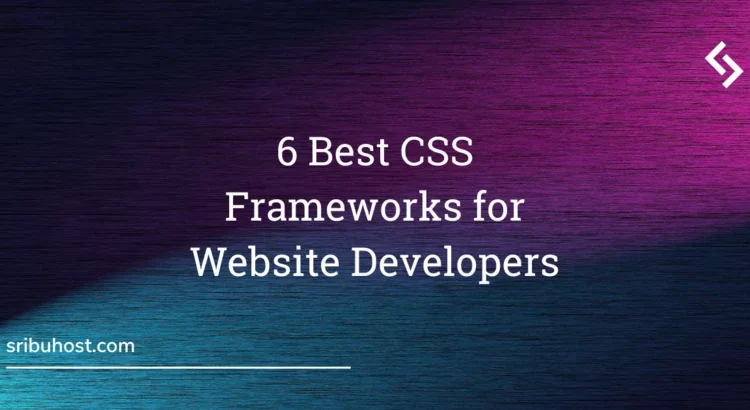We previously discussed one of the PHP frameworks, Laravel. This time, we’ll talk about the CSS framework. CSS has a framework as well? There are obviously friends, and the CSS framework is designed to be more efficient in terms of time and production if you are coding the web.
So let’s look at the CSS frameworks for web development.
The Best CSS Frameworks
The six best CSS frameworks for website development are as follows:
1. Bootstrap

Who hasn’t heard of this one framework? This framework is well-known among web developers due to its intriguing and interactive features, which are guaranteed to make your coding easier. Bootstrap was created by Twitter designers and developers. Mark Otto and Jacob created Twitter Blueprint as an open-source framework in mid-2010. Bootstrap was finally released on Friday, August 19, 2011, and it has now reached version 5.
2. Materialize

This is a Google framework that implements Google Material Design, which is one of the most popular in programming design. This framework has an elegant appearance that is consistent and almost has an android appearance. One of the benefits of this framework is the simplicity of its components and classes. This framework may be an option for those of you who are productive and quick at web coding. What’s interesting about this framework is that it was created by four different Carnegie Melon University students.
3. Semantic UI

Jack Lukic created SemanticUI, which was first released in 2013. The number of themes and customizations that can be used distinguishes this framework from others. This framework has over 3000 different theme variations. What is the theme’s connection to web development? Obviously, there is, because if you’re coding a website, you want it to look nice, right? As a result, you could code using this framework.
4. Foundation

ZURB created Foundation, which was released in 2011. This framework includes almost all of the features that a framework should include, such as responsiveness, mobile-firstness, accessibility, and so on. This framework claims to be a framework for “professional” and is said to be slightly more up to date than other frameworks. Those who are familiar with web development will understand how difficult it is to create an HTML email. This framework is supposed to make it easier to create visually appealing HTML emails. It could be an option for friends who struggle with coding.
5. Bulma

Is the name familiar to anyone? No, this is not Son Goku’s friend from the Dragon Ball series. Bulma is a CSS framework that is still in its early stages. Have you ever used this framework for web development? This framework is said to be entirely composed of CSS, with no javascript whatsoever. Jeremy Thomas created this framework, which was released in 2016. What’s intriguing about Bulma is its thoroughness, CSS-only default appearance, and elegant default appearance, which may be a problem for those of you who frequently code web using bootstrap.
6. UIkit

When using this framework, the word minimalism comes to mind. Yes, this framework is an option for those of you who frequently code the web and want to create a minimalist web page. However, this does not imply that its features are also minimalist; in fact, UIKit provides almost all of the features of a framework. UIkit, developed by YOOtheme and released in 2013, is a framework for fast-paced web coding and making the web look more appealing.
Conclusion
So, friends, are any of you interested in using one of the frameworks mentioned above for web development? Has anyone used one of these before? Actually, there are many CSS frameworks available for website developers, each with unique features and benefits, but that’s all for now. Let’s move on to the next article. Thank you very much.
Read the following articles as well:
